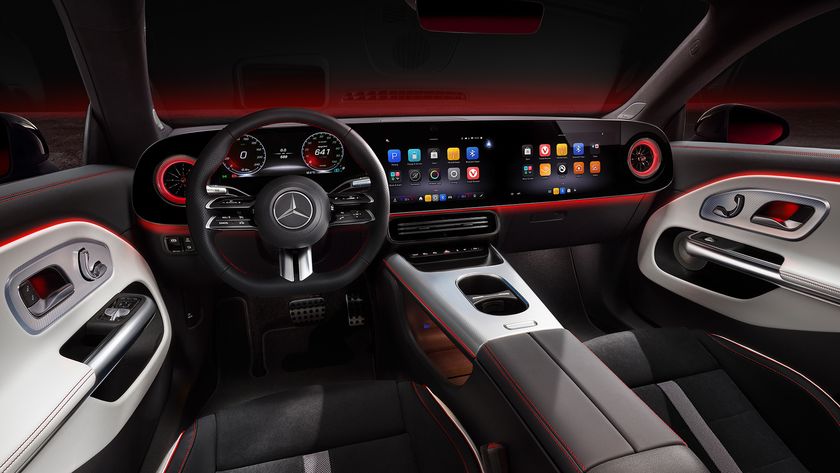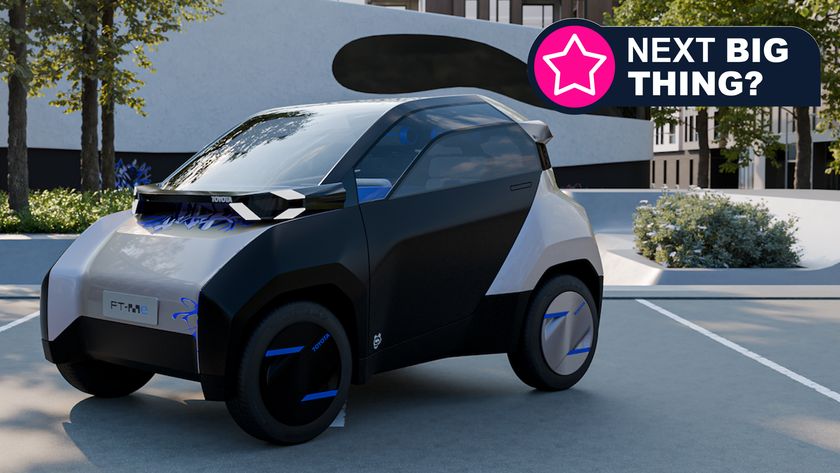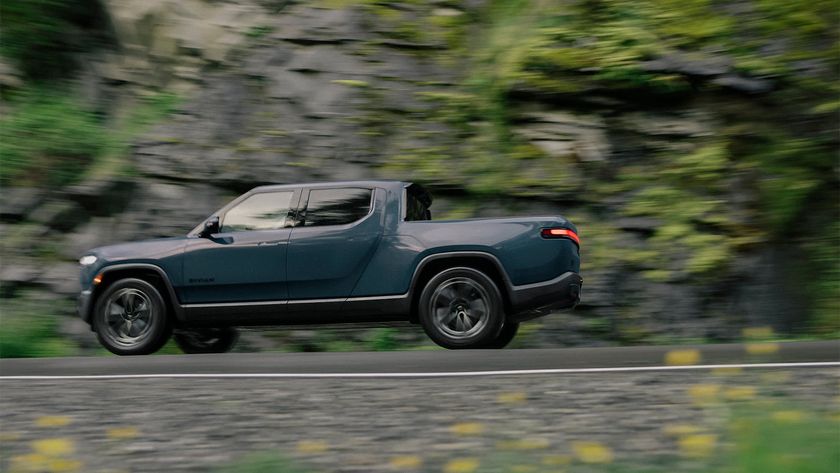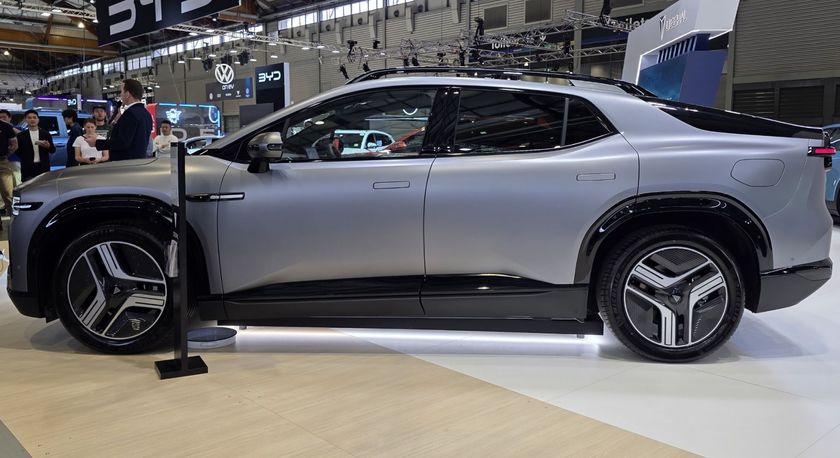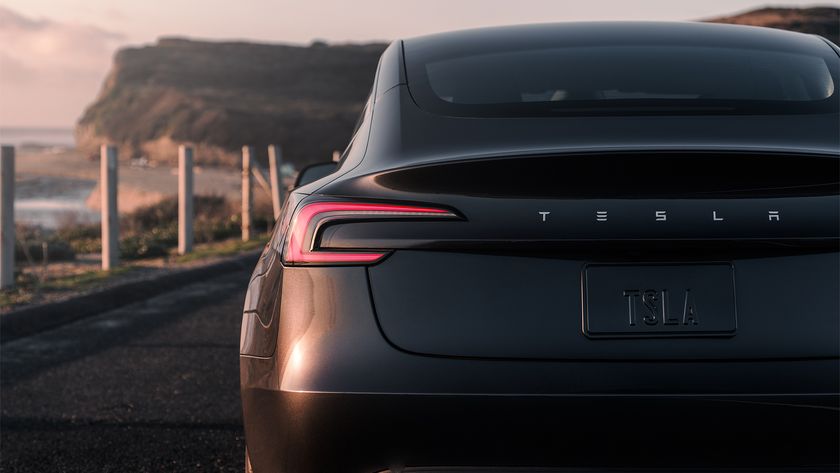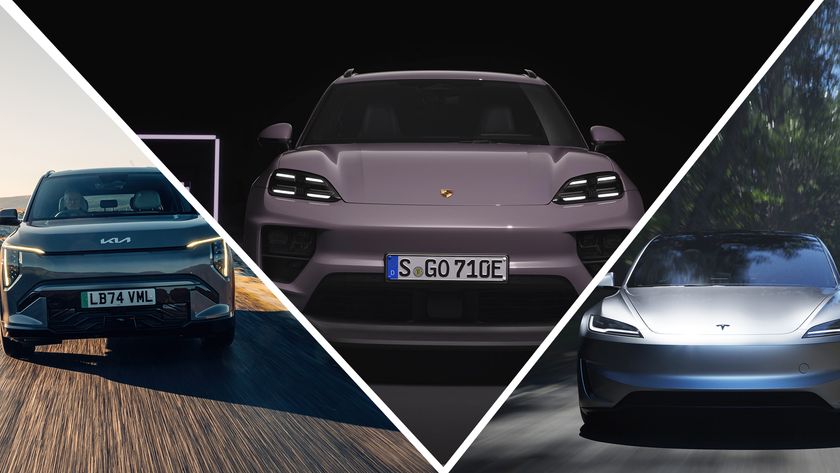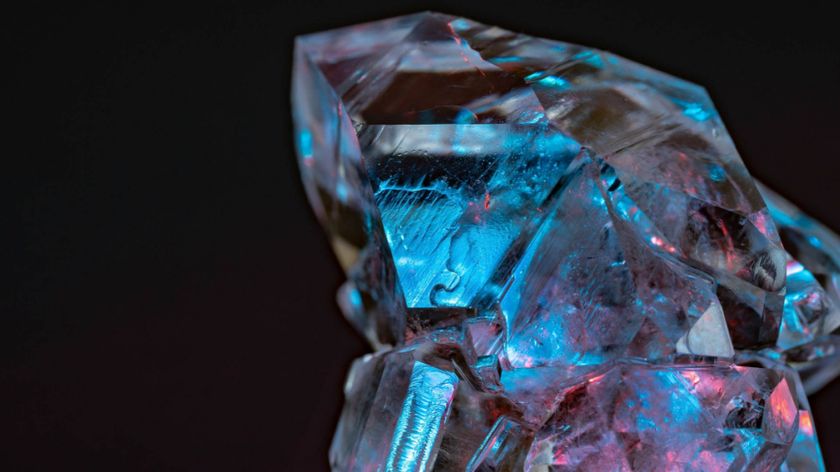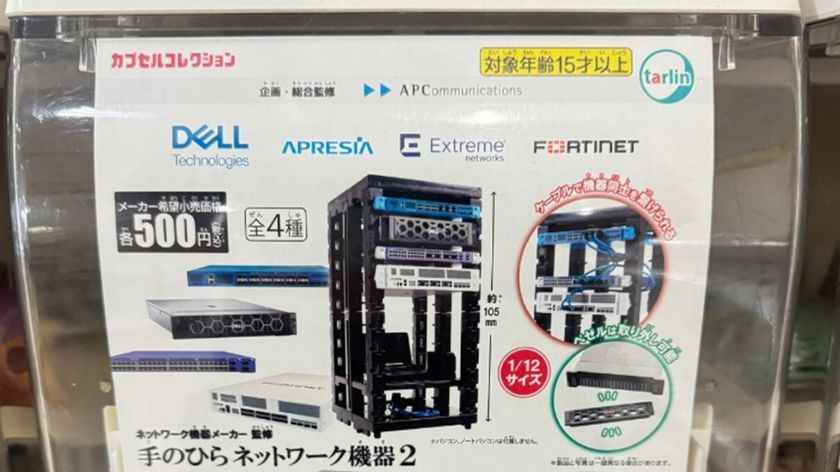The future of our technology and our planet depends on one thing: the battery
The lithium-ion battery is growing to power the electric car era, but solid-state batteries are incoming
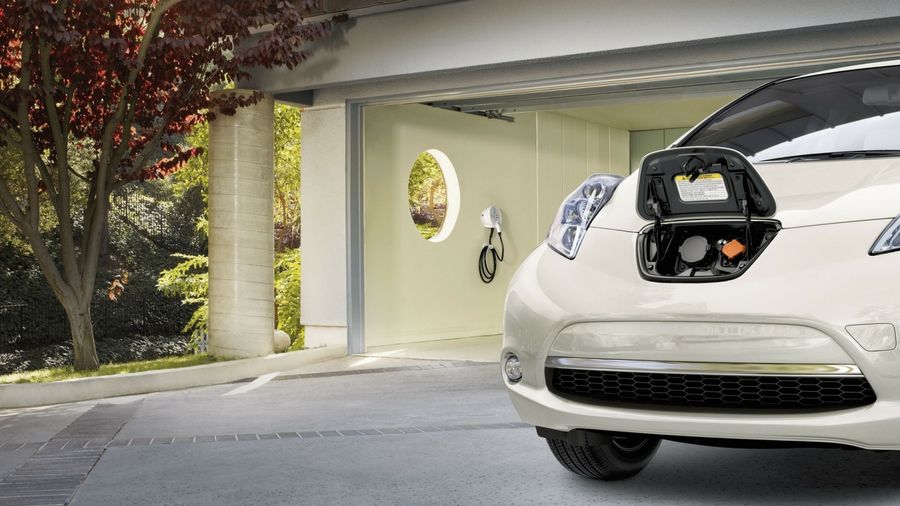
Most of us are running on empty. Since the mobile phone spawned a smartphone-first world, we've all been tending to the needs of batteries.
The daily or nightly charge of the smartphone is the most prevalent, but laptops, tablets, drones, wireless headphones, smartwatches and other wearable devices are becoming more common.
We are constantly recharging batteries, there are some attempts to create fast-charging batteries and, of course, a new generation of wireless charging devices, but they're just about convenience.
With the coming era of the electric car and more advanced robotics, a need to swap to renewable energy, and an ever-increasing (and more mobile gadget-hungry) global population, humanity's capability of storing energy is going to become critical.
Either we innovate and create new and more powerful battery technology, or we enter a period of stasis where a lack of mobile power strangles new technology. Luckily, innovations are incoming.

The need for portable power
Electrical power, whether portable or not, is one of the cornerstones of life, and one that we all take for granted. And we are the problem.
"The human race has been so successful at population growth that we now have to worry about sustainability," says Upal Sengupta, Applications Manager, Battery Management Solutions at Texas Instruments.
Get daily insight, inspiration and deals in your inbox
Sign up for breaking news, reviews, opinion, top tech deals, and more.
"The electrical power and technology that helped fuel our growth will need to be used and generated in ways that minimize their impact on our planet. If not, it could literally be a global disaster."
Sengupta thinks we need to concentrate first on conservation and efficiency, and secondly on alternative sources for power generation, like solar panels. The latter requires huge batteries to store the Sun's energy, so we can use it at night, or at a time when it suits us.
Thirdly, he thinks that makers of electronic products should make power-conversion circuitry as efficiently as possible. However, there are other portable devices coming that will bring massive challenges to battery technology; the electric car – and the electric everything.
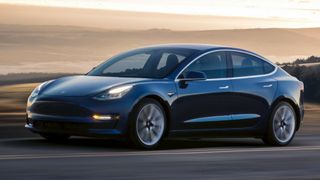
The electric car
Creating smartphones that last for two days instead of one won't change the world, but the spread of the electric car will change the battery industry massively.
It's a huge challenge, with an expected 20 million electric vehicles to be selling each year by 2030, each using a massive lithium-ion battery.
Bloomberg New Energy Finance (BNEF) thinks there will be 530 million electric vehicles by 2040, and that their electricity consumption will grow to 1,800 terawatt hours in 2040 – or 5% of global power demand – from just 6 terawatt hours in 2016.
The batteries needed by an electric car are really big. The 2016 Nissan Leaf has a 30kWh battery capable of going for 172km/107 miles, while the upcoming Tesla Model 3 will have a 50kWh or optional 75kWh battery, which can go for 355km/220 miles and 500km/310 miles respectively. Is that your road-range-anxiety gone?
"The battery pack is likely to remain the single most expensive component in EVs for some time to come, and the costs are broadly proportional to capacity," says Robin Shaw, Chief Technology Officer for battery and energy storage supplier Hyperdrive Innovation.
He thinks the crucial point will come when the cost of a battery pack with enough range makes an electric car cheaper than an equivalent petrol or diesel car. "Having said that, I think the 400 mile range on a single charge is just around the corner, certainly within the next three years," he adds.
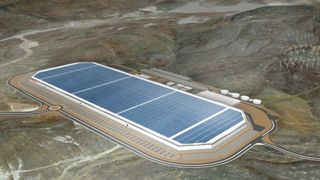
Tesla's Gigafactories
Tesla and Nissan are investing heavily in expanding production of lithium-ion batteries. The world produces about 90GWh (gigawatt hours) worth of electric vehicle lithium-ion battery now, and BNEF sees this rising to 270GWh by 2021.
In Sparks, Nevada, is Tesla’s Gigafactory, where battery production capacity is 35GWh. Tesla wants to produce 500,000 cars in 2018, but to do so it needs to make its own batteries.
However, the main supplier of electric car batteries to Tesla is Panasonic, a company that now controls almost a third of the market. It's just inked a deal with Toyota to jointly develop more batteries for electric vehicles.
What does that mean? More economies of scale, more batteries, and bigger batteries. The fact that a battery-maker and a car-maker are working together on this shows how critical the battery industry is about to become.
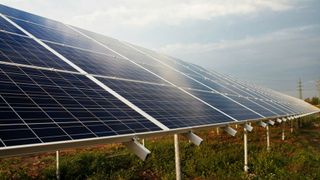
The electrification era and the micro-grid
For Tesla, it's not just about electric cars, but electric everything. Tesla recently constructed the world’s largest lithium-ion battery to power 30,000 homes in South Australia during periods of blackout. What's more, it did it in only 100 days.
"Increasing energy density for lithium-ion, coupled with falling costs per unit, is an exciting innovation in itself," says Shaw, who thinks we're on the cusp of everything becoming electric.
“The way in which energy is generated, distributed and consumed is being transformed – it means a huge range of vehicles including warehouse robots, construction equipment, municipal transport and airport ground fleets turning electric," he adds.
Vehicle fleets in city centers, construction sites and transport hubs are all up for electrification. The key is to efficiently store energy collected from sun or wind, which at present can be done using lithium-ion batteries purely because of their decreasing cost.
“The falling cost of battery storage creates a timely opportunity to make renewables a more viable option for commercial organizations around the world by maximizing green energy consumption," says Louis Shaffer, Distributed Energy Segment Manager EMEA at power management company Eaton.
If renewable energy sources are generating more energy than a business uses at certain times, battery storage allows this excess energy to be stored and used when energy is not being generated. Using stored energy also reduces the load on the grid at peak times.
This is the micro-grid; huge batteries storing enough power to allow businesses to operate independently of the larger national grid. This is brilliant for reducing CO2 emissions simply because it means renewable energy isn't wasted.
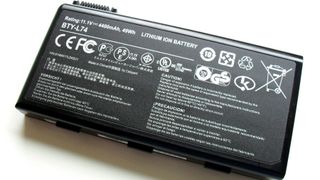
Towards solid-state batteries
Do we need to move beyond lithium-ion batteries? We definitely need to recycle them more because demand for lithium is predicted to increase four-fold by 2025 as electric vehicles catch on.
We'll need new sources of pure lithium, and cobalt, also new ideas, because grid storage batteries on an industrial scale need to be emptied and recharged so often that lithium-ion batteries wear out relatively quickly.
Cue magnesium-ion batteries, which have a significant advantage over lithium-ion; they don't wear out as quickly, and they don't explode as easily. That's an underrated problem for electric vehicles (when they crash, specifically), so magnesium-ion batteries are an attempt to make a much more stable solid-state battery.
Researchers at the US Department of Energy's Lawrence Berkeley National Laboratory and Argonne National Laboratory are working on a magnesium battery, which offers higher energy density than lithium, but they couldn't find a non-corrosive liquid electrolyte (which serves as the catalyst to make a battery conductive).
"Magnesium is such a new technology, it doesn’t have any good liquid electrolytes,” said Gerbrand Ceder, a Berkeley Lab Senior Faculty Scientist. “We thought, why not leapfrog and make a solid-state electrolyte?” They managed it, too, discovering that magnesium scandium selenide spinel worked great.
It could have a transformative impact on energy storage. “There are enormous efforts in industry to make a solid-state battery," said Ceder.
“It’s the holy grail because you would have the ultimate safe battery.” However, there is still work to do. "Technological advances such as solid-state electrolytes may be noteworthy, however, we’re several years from widespread application," says Shaw.
The global shift toward electric vehicles will completely change the energy industry, but there's a missing link.
The search for a solid-state battery that's safe and can store more energy is what electric cars need, it's what grids need, and it's what the world needs if vehicles are to run on electric power rather than fossil fuels. The planet depends on it.
- Can't wait for innovation? These are the longest-lasting smartphones right now
Jamie is a freelance tech, travel and space journalist based in the UK. He’s been writing regularly for Techradar since it was launched in 2008 and also writes regularly for Forbes, The Telegraph, the South China Morning Post, Sky & Telescope and the Sky At Night magazine as well as other Future titles T3, Digital Camera World, All About Space and Space.com. He also edits two of his own websites, TravGear.com and WhenIsTheNextEclipse.com that reflect his obsession with travel gear and solar eclipse travel. He is the author of A Stargazing Program For Beginners (Springer, 2015),
